A History of Ohio Land Banking 2009–2021: From Legislation to Operation
Center for Community Progress
JUNE 6, 2022
Before Ohio’s new county land banks were conceived, the main goal from 2004 to 2006 was to respond to local leaders’ demand for speedier tax foreclosure of long tax-delinquent vacant and abandoned lands. This number rose to 8,700 in 2003, 9,700 in 2004, 13,943 in 2006, and 14,946 in 2007.

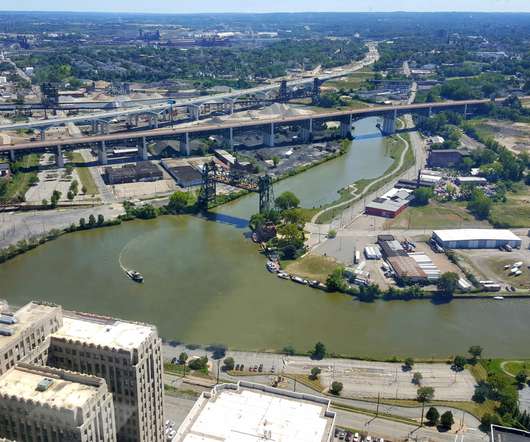
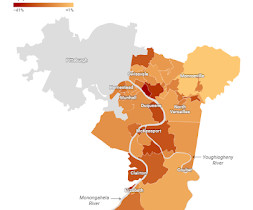

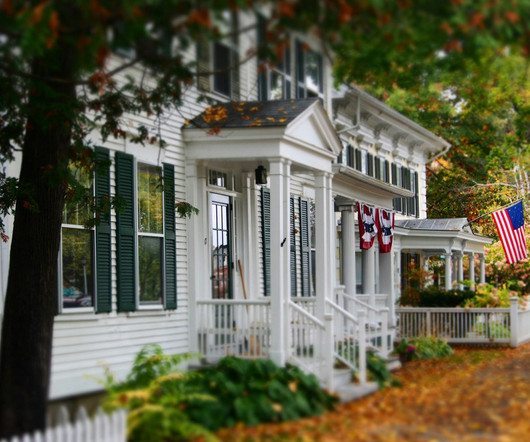
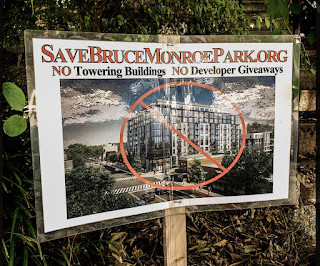


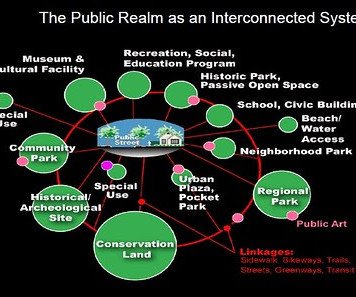
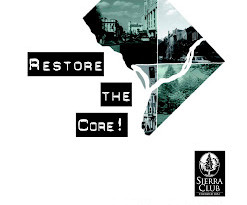






Let's personalize your content